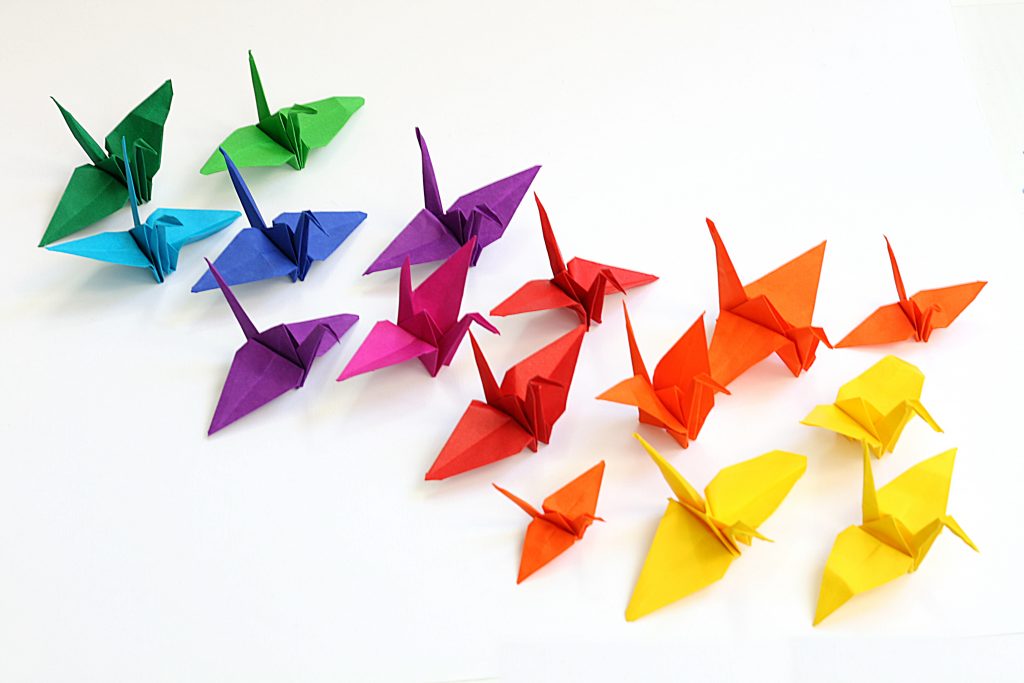The Blue Lagoon: Using Multiple Senses to Improve Learning
In our last blog post we saw how immersive, sensory events can help us remember experiences, using the example of my trip to the Blue Lagoon spa. We don’t need to visit a spa to help learners remember, though…we can create immersive experiences to enhance our instructional design. Here are two examples of physically immersive activities from our library.

The Human Flowchart
Training people in a specific process often involves use of a flowchart, but review of this tool in a classroom can be a dull exercise. We can bring the training to life—and make it more effective—with a “human flowchart.”
We used immersion in this way when we designed a class for a medical device company on FDA complaint handling regulations. The client developed a process to meet the FDA requirements and created a flowchart with a series of 20 steps to be executed by seven distinct roles.
EnVision immersed the learners in the training using movement. We broke up the learners into seven groups, each representing a different role and gave each group signs, listing their part in the complaint handling process.
Getting up from their desks, the learners then needed to move into a flowchart according to their part in the complaint process. Once everyone was in the right spot, the instructor started in the role of a customer calling in a complaint. Each group then shared what action they planned to take and what information would move on to the next group. The movement and interaction with others kept the learners involved in the entire process of complaint handling. Back at work, they should be more likely to recall the details of their role’s steps based on the physical locations of each learner.
Building Widgets
For another client, this one a global pharma organization, we designed a course for new managers. One of the learning objectives was for learners “to be able to describe how managers’ actions impact the engagement of their team members.” To achieve this, we created an activity in which “managers” set and communicated performance objectives around building widgets, in this case paper origami cranes, with “employees” who were to make them. During different rounds, managers could give no feedback or some feedback and coaching. Debrief followed with a focus on the value of feedback and coaching to engage employees.
Picture a classroom filled with learners eagerly (or not so eagerly without coaching!) folding paper cranes to achieve their goals. The feel of the crinkled paper, the sound of their managers coaching them (or the dead air when they didn’t!)…these involved the senses and helped learners become fully immersed in the activity. The experience became more than “knowledge,” but an experience to remember and be able to describe concretely.
Creating Your Own Activities to Engage the Senses
Some of the best learning activities allow the learners to immerse in the learning activity, much as tourists immerse in the spa baths at the Blue Lagoon.
So, for your next course, try finding a way to immerse learners even more deeply in the learning by involving multiple senses. It can be a lot of fun to create activities like these, and it requires imagination, creativity, and lots of planning. Want your own activity to engage the senses? Schedule a call for a free 1-hour consultation on how to make that happen.


